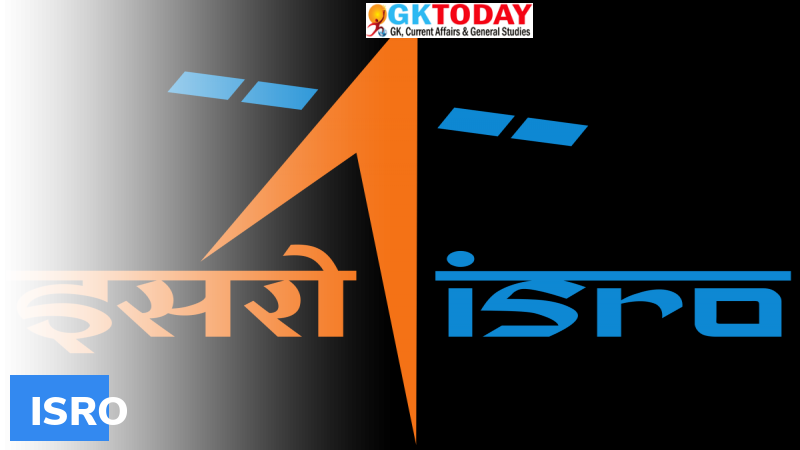GSLV failed to put Earth Observation Satellite into orbit
GSLV rocket of Indian Space Research Organisation (ISRO) failed to put India’s largest earth observation satellite (EOS-3) into the orbit. It failed because of failure to ignite the cryogenic stage of the GSLV.
Highlight
- It failed even though the first and second stages of the rocket had performed normally.
- ISRO’s operation was started after facing several hurdles caused by the Covid-19 pandemic.
- The rocket was to place the satellite in orbit with an objective of providing near real-time imaging of large areas of India at frequent intervals and for quick monitoring of natural disasters.
About the Launcher
- This 51.7-metre-tall rocket comprise of four stages lifted off majestically on August 12.
- The four-stage rocket was the first that carried a four-metre dia ‘Ogive Payload Fairing’ at the top of the vehicle. It was fitted to accommodate larger payloads.
- It was supposed to place the EOS, the state-of-the-art satellite into Geosynchronous Transfer Orbit.
- It is the eighth flight with indigenous cryogenic engine and 14th flight of GSLV.
- It also marks the 79th launch vehicle mission from Sriharikota.
Background
The GSLV satellite, originally called as GISAT-1, weighing 2,268 kg was scheduled to be launched on March 5, 2020. However, it was postponed before the lift-off due to ‘technical errors’. Later, the Covid-induced lockdown delayed the mission. Post-lockdown, it was scheduled to launch on March 28, 2021 but it was again postponed due to ‘minor issue’ with the satellite.
Objective of the mission
Objective of this mission was:
- To provide near real-time imaging at frequent intervals of large area regions,
- Quick monitoring of natural disasters and episodic events
- To obtain spectral signatures for agriculture, forestry, water bodies including for disaster warning, cloud burst, cyclone monitoring and thunderstorm monitoring.
Month: Current Affairs - August, 2021


